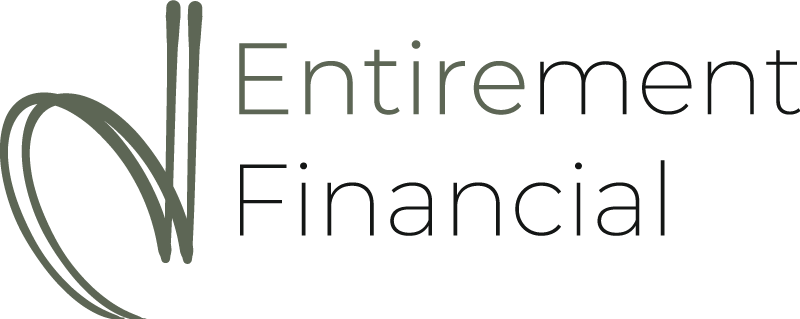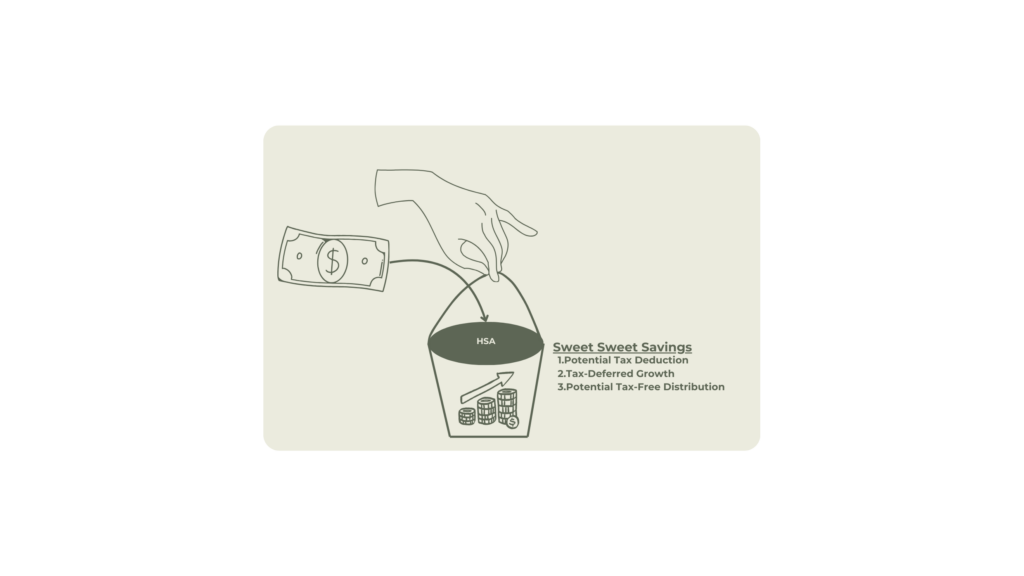Got some extra cash burning a hole in your pocket and not sure where to stash it? Fear not! We’re here to turn your financial surplus into a thrilling adventure in savings! Let’s dive headfirst into where you should save extra money.
First, cover your basics.
Because you can’t walk until you crawl (or can you?).
1. Set goals.
First, do you have your goals set? (check out Financial Goals Planning blog to get you thinking). Saving is not easy, especially in this world we live in. We are continually surrounded by social media that portrays bigger is better, and you need a lot of stuff to be happy. So, to help combat the need to keep up with everyone else, you have to set goals or dreams of achieving something bigger than paying another $60 for a cup that will most likely collect dust in your cabinet with the other ones.
What makes getting up and going to work and making another dollar exciting? Is that a big trip to Disney for your family? What about having a “work optional” lifestyle by the age of 42? Being able to donate a large sum to your favorite charity? What is something that’s big and scary but if you did it, man it would bring you immense joy? Have goals set for different time frames like in 6 months, 12 months, 3 years, 5 years and a 10 year. I know the 5 and 10 year are going to be a brain workout; however, I promise it’ll be fun looking back on them.
Let’s also get one thing clear, these will change! And they will change again. The point is to have a destination so you can start building the path. One more thing, it doesn’t count if you don’t write it down. We know you have something on your mind that you’re not going to write down because you don’t think you are going to get there- STOP THAT- and write it down, NOW! Ps. no one has to see all of them.
2. Emergency Fund.
Is your emergency fund up to snuff? Meaning do you have at least 3-6 months of liquid cash ready to go if something were to happen? If not, this is where your extra money is going until you hit that 3-6 month goal. Typically we would say 6 months is ideal if you have a vulnerable job (ie-tech, startup, and sales world). 3 months if it’s a dual household and you could cut back on your expenses if either person lost their job. If you have conquered this keep on reading, if not come back when you do!
3. Retirement savings.
Step three-are you saving for retirement? We know retirement is not a guarantee for everyone and there are a lot of years we want you to live and enjoy before that happens; however, we do believe this is a big part of your road to your destination. There is not a magical number you should be saving unfortunately. We’d help you determine what is best based on your retirement dreams. But if you’re looking for bare minimums we’d say make sure you are contributing to your 401(k) or employer plan. At least contribute enough to get the employer match. You should increase this percentage annually with each bump in pay you get. Increase this immediately when you receive your bump in pay so you do not get used to the extra income.
4. Debt.
Step four-is your debt in check? See how this is step 4. It’s because you should always pay yourself first before tackling other things. We aren’t hinting at not paying your bills, we are just saying your savings and retirement are essentially a bill to your future self. You’ll thank us later. Back to the debt. Are you carrying high interest debt-credit card, consumer loans, etc? If so, these need to be tackled right away. Maybe you split the amount extra you have a month between this bill and savings. Either way your goal should be to get those high interest rate debt off your balance sheet as soon as possible. The key is going to be keeping those off the balance sheet and the only way to do this is to make sure you maintain your emergency fund.
Second, where to save extra money!
Ok if you made it this far, you really do have extra money to save-nice work!
Here are a few options on where to save money (in no specific order).
High-yield Savings Account-
These nifty little accounts are the golden ticket of savings because they provide you with a little more dough. Typically they are going to earn anywhere from 10-20% more than a traditional savings account. You earn interest on the monies you save in this account-now don’t think this doesn’t come at a cost, it does, called tax. Not a reason not to do it, just be aware. Just like a traditional savings account, they are usually FDIC insured up to $250k. Typically they are easily accessible and usually you can find a way to have the fees waived. Just pay attention to the small print as you usually have to keep minimum deposits and balances. You may not be able to take out all of the money at once either. And this is a variable rate, so it changes over time.
Treasury Bills or T-Bills-
T-Bills or Treasury Bills are another great option. They’re low-key, low-risk investments. T-bills are short-term government securities issued by the U.S. Department of Treasury. So you could call them IOUs from the government. They have interest rates associated with them and when you buy them you are getting your full face value of the bill plus interest when it matures. Maturity is going to be short term, so anywhere from a few weeks to a year. This makes them best for short-term goals. These are bought and sold through the TreasuryDirect website so they are fairly easy to manage and fairly liquid, meaning you could sell before they mature if you needed to.
Treasury Bonds or Treasury Notes-
T-Bonds or Treasury Bonds and T-Notes or Treasury Notes are going to be similar with different maturities. T-Notes are typically medium-term which is 2-10 years for maturity. T-Bonds are going to be longer term up to 30 years. When you buy you lock in a fixed interest rate for the life of the bond. You’ll receive periodic interest payments until the bond matures, which at that point you’ll get the full face value of the bond back. These are nice because they do provide a predictable stream of income; however, their is a risk as the prices can fluctuate based on changes in interest rates and market conditions.
Investments-
Investment savings outside of retirement. This is where you setup an account and save money into investment vehicles. This could look like stocks, mutual funds, exchange traded funds, etc. The key is that this account isn’t necessarily tied to retirement. This is your money needed for that dream list you have-the travel, sabbatical, work-optional lifestyle, etc. We call this your Entirement Account-get it? (an account for your entire life, we digress)
Save Extra Money-that’s a wrap.
These are definitely not your only options when thinking “where should I save extra money”. There are plenty more. Each option also has a time horizon associated with it. So when you are diving in and picking out where to save your extra cash, make sure you take into consideration what your income is, your time horizon on needing the money, and what the savings purpose is for. Feel a little overwhelmed? That’s why we are here, to help you navigate what is the best place to stash your extra cash!





